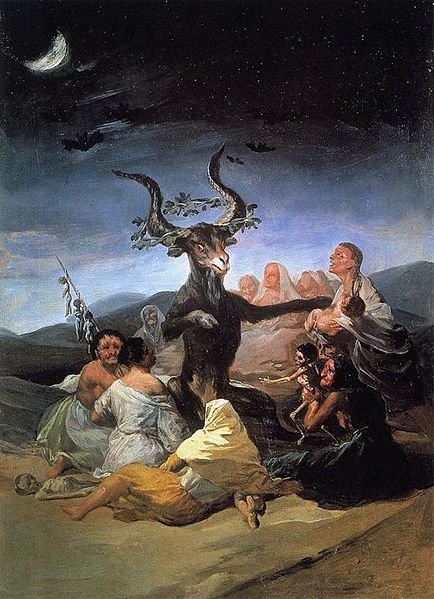By far the longest movement (over 30 minutes) of Mahler’s gigantic Third Symphony — which was performed on Friday at Merrill Auditorium by artists associated with the University of Southern Maine under conductor Robert Lehmann — is the first movement, titled “The Awakening of Pan.”
Besides being the god of critics, Pan, as the god of nature, has an association with music dating back thousands of years and spanning almost every known culture, although only the Greeks called him Pan.
The unifying element is the god’s instrument, which today is called the Pan-pipe or Pan flute — any number of hollow tubes with sharp edges that sound when the breath is directed across the open top. The pitch of the sound is determined by the length of the tube.
Pan-pipes are generally fashioned from reed or bamboo but can be made of glass, ceramic, bone, metal or just about anything that can be shaped into a hollow cylinder. Viking Pan-pipes are made from a solid block of wood with holes of various depths drilled into it.
Although Pan is usually depicted with his pipes, the artist Goya shows him in “The Witches’ Sabbath” with lyre-shaped horns, seemingly crowned with a victor’s laurel leaves. Goya was certainly familiar with the myth of the musical contest between Pan and Apollo, which Apollo won by playing the lyre.
The only person to object to the verdict was Pan’s friend Midas, to whom Apollo, in revenge, attached donkey ears. Which brings us back to a Mahler song about a musical contest between the cuckoo and the nightingale, which the cuckoo won because the sing-off was judged by an ass.
To get back to Pan’s instrument, I think Goya has given him Apollo’s lyre to indicate that the sleep of reason has again bred monsters; in other words, that Pan has been the actual winner over the god of enlightenment.
The side-blown bone flute is the oldest musical instrument so far discovered from the Stone Age, but the Pan-pipes must have pre-dated it. Their origin was the human attempt to duplicate the sound of the wind blowing over broken reeds.
Mahler’s symphony is part of the great revival of interest in Pan during the late Victorian era, itself stemming from the Romantics’ devotion to nature. Its most sublime expression is in the chapter “The Piper at the Gates of Dawn” of Kenneth Graham’s “The Wind in the Willows.” That chapter title was used on Pink Floyd’s debut album in 1967.
I was taken by the sound of Pan-pipes on the first recordings by the virtuoso Zamfir in the 1970s. Once the novelty of the lovely hollow sound had worn off, however, the repertoire began to sound like “easy listening” rather than an emanation of the god of nature. Maybe the instrument needs to be played by someone with less skill.
Although used for special effects in movie soundtracks, the Pan-flute has never caught on as a member of the orchestra. Its range is limited by the number of pipes in the row or cluster, although a player like Zamfir can coax up to eight overtones out of each tube.
Pan is still with us today. The late R. Ogillvie Crombie of Findhorn Gardens fame walked and talked with him twice in 1966 — once at the Royal Botanic Gardens and again on the Isle of Iona. Pan showed him his pipes, but as far as I can tell from Crombie’s account, he did not play them. Pity.
Christopher Hyde is a writer and musician who lives in Pownal. He can be reached at:
classbeat@netscape.net
Copy the Story Link
Send questions/comments to the editors.



Success. Please wait for the page to reload. If the page does not reload within 5 seconds, please refresh the page.
Enter your email and password to access comments.
Hi, to comment on stories you must . This profile is in addition to your subscription and website login.
Already have a commenting profile? .
Invalid username/password.
Please check your email to confirm and complete your registration.
Only subscribers are eligible to post comments. Please subscribe or login first for digital access. Here’s why.
Use the form below to reset your password. When you've submitted your account email, we will send an email with a reset code.